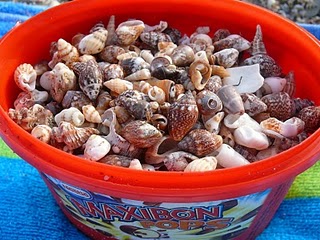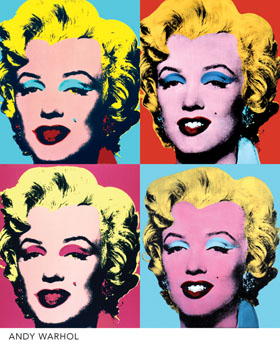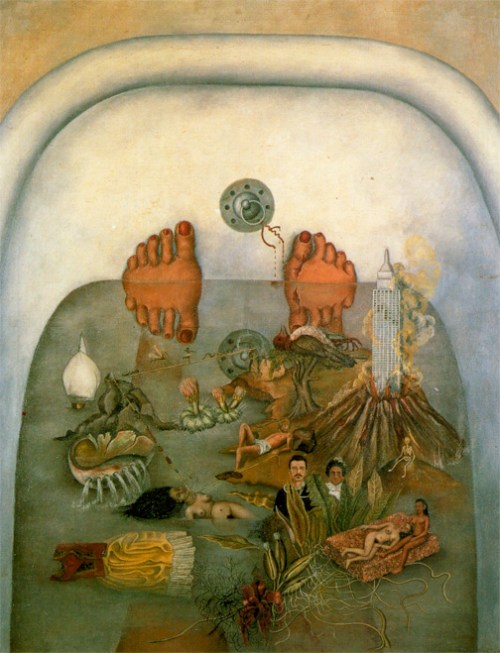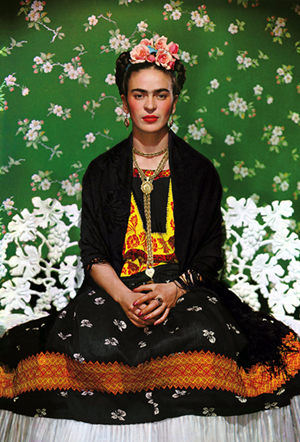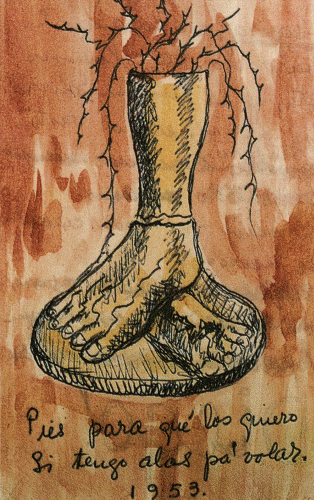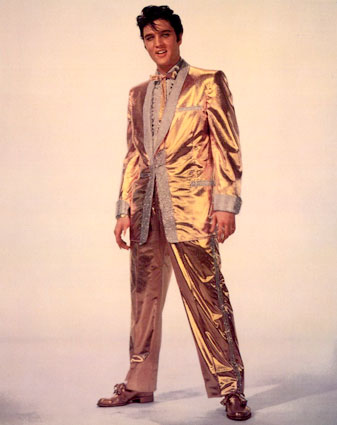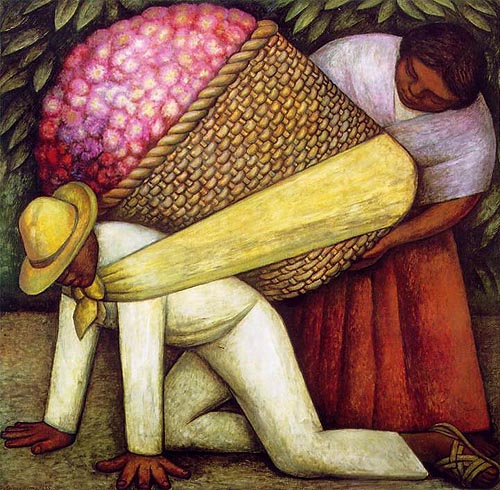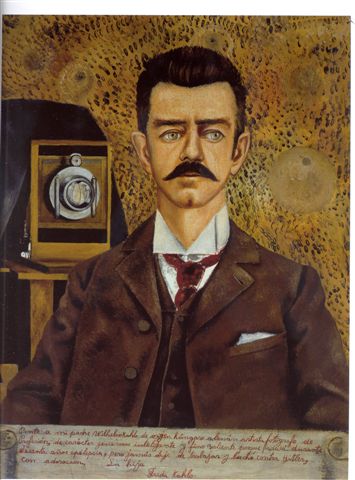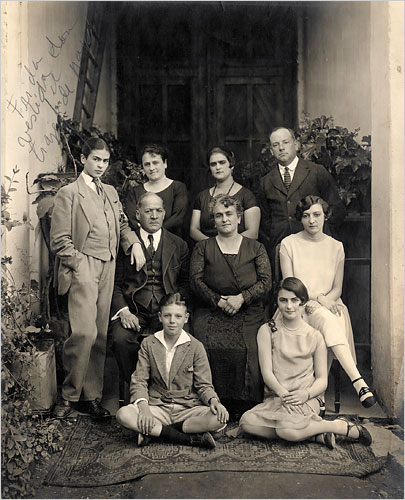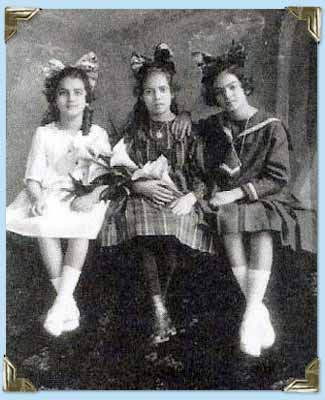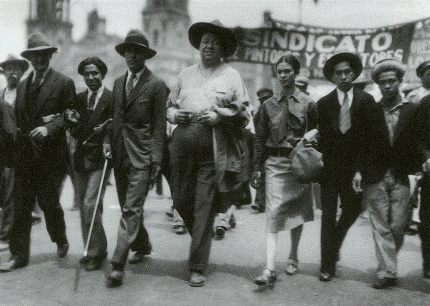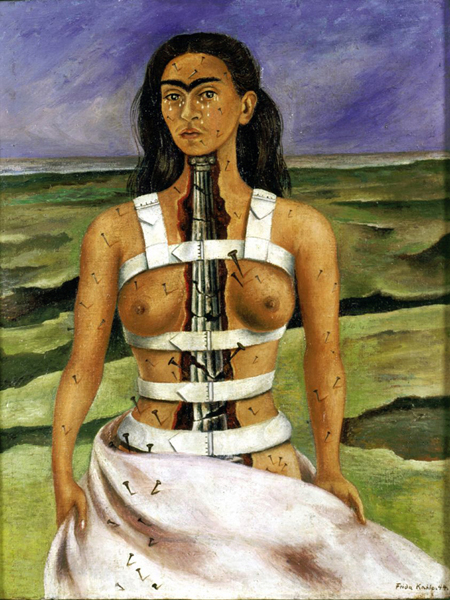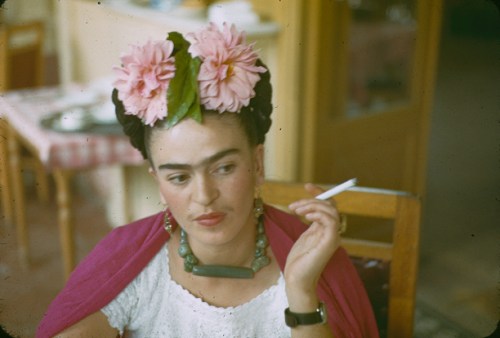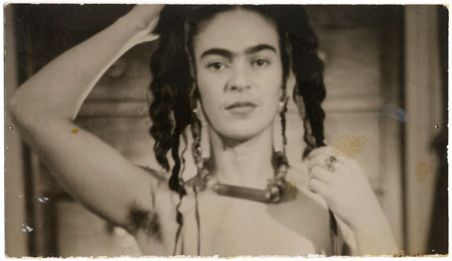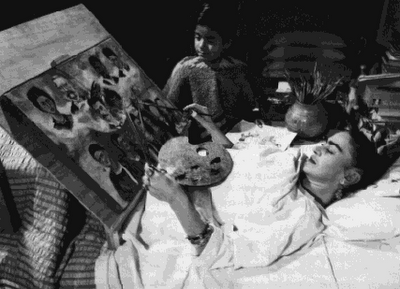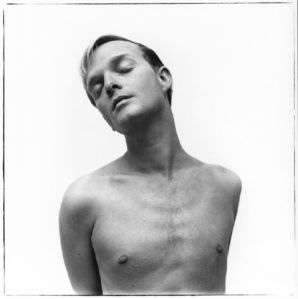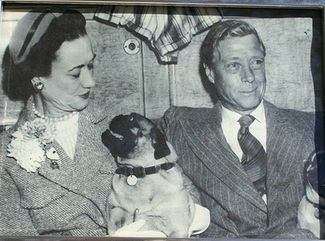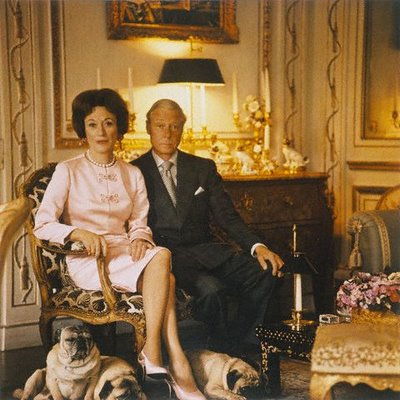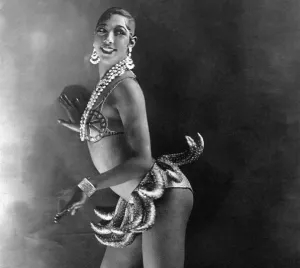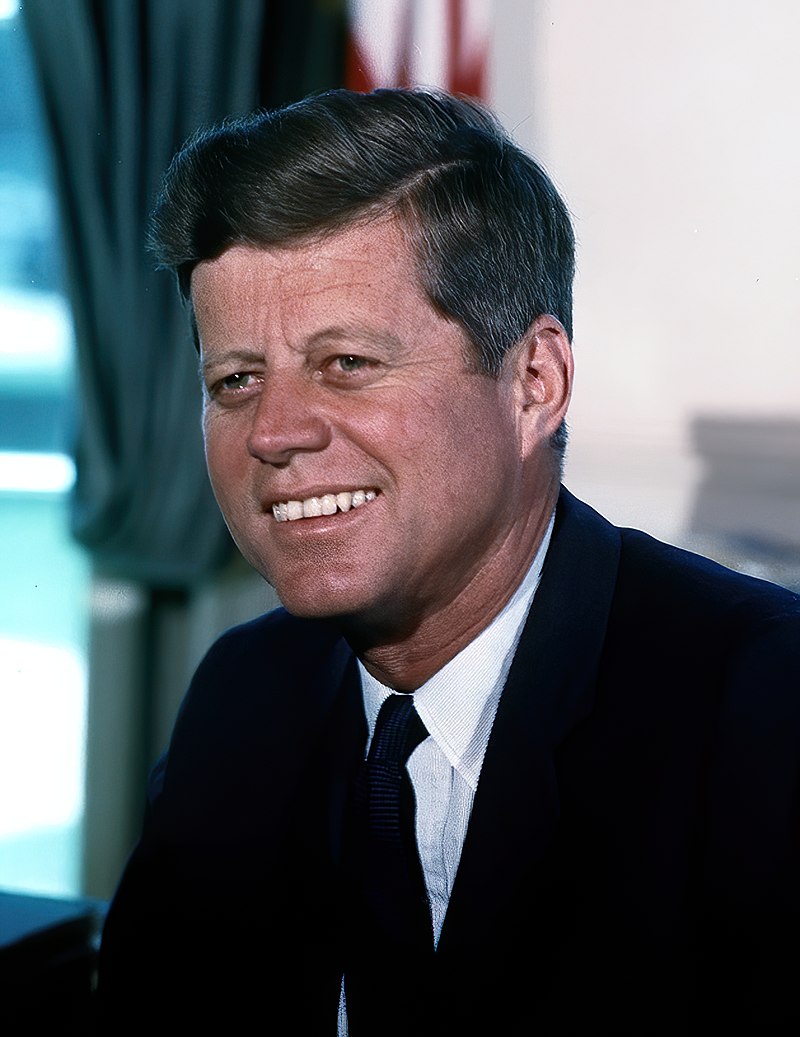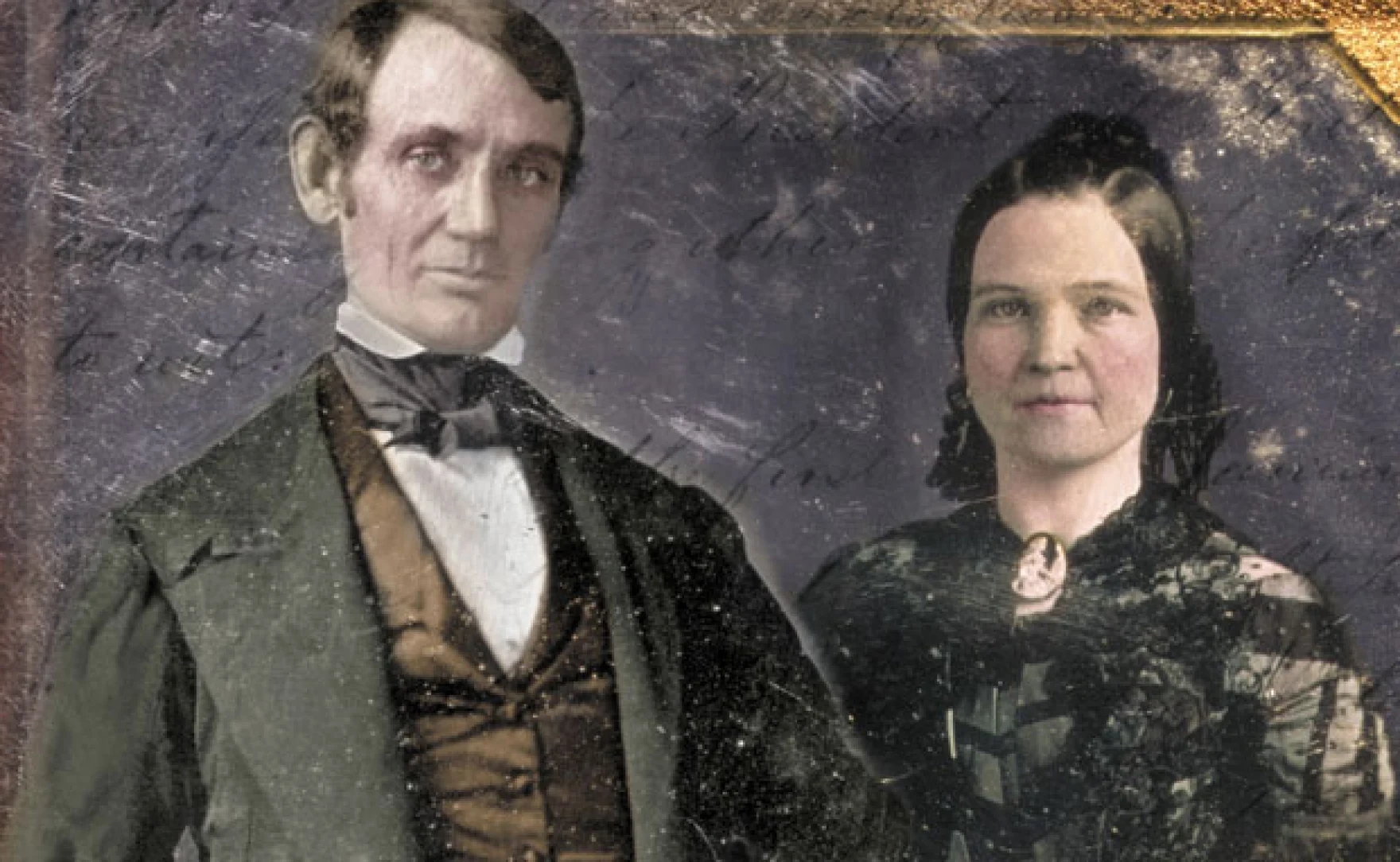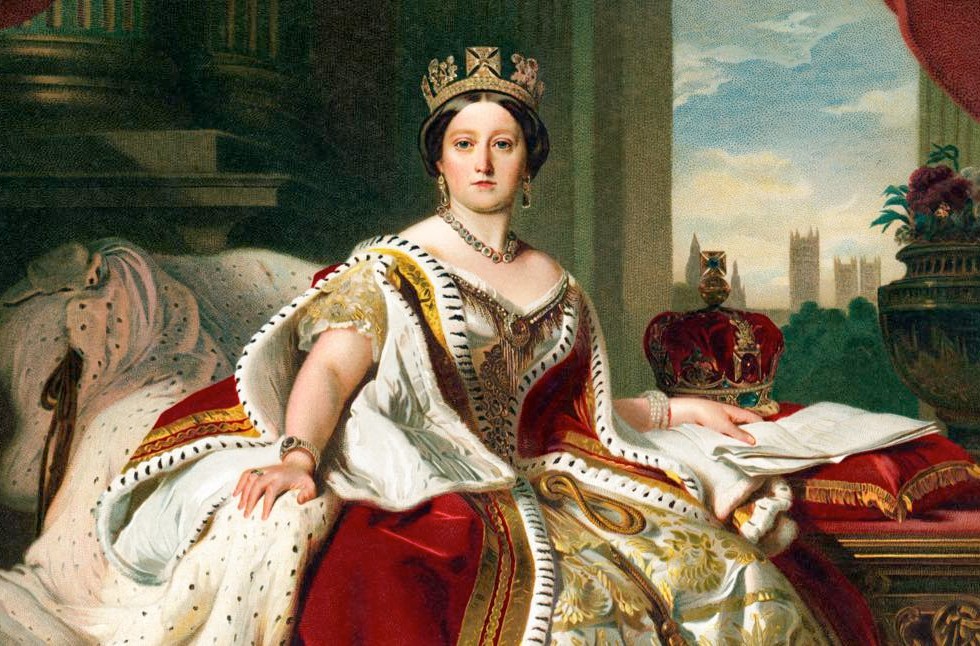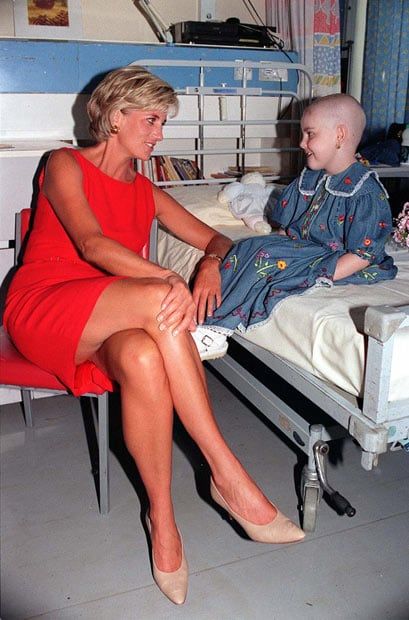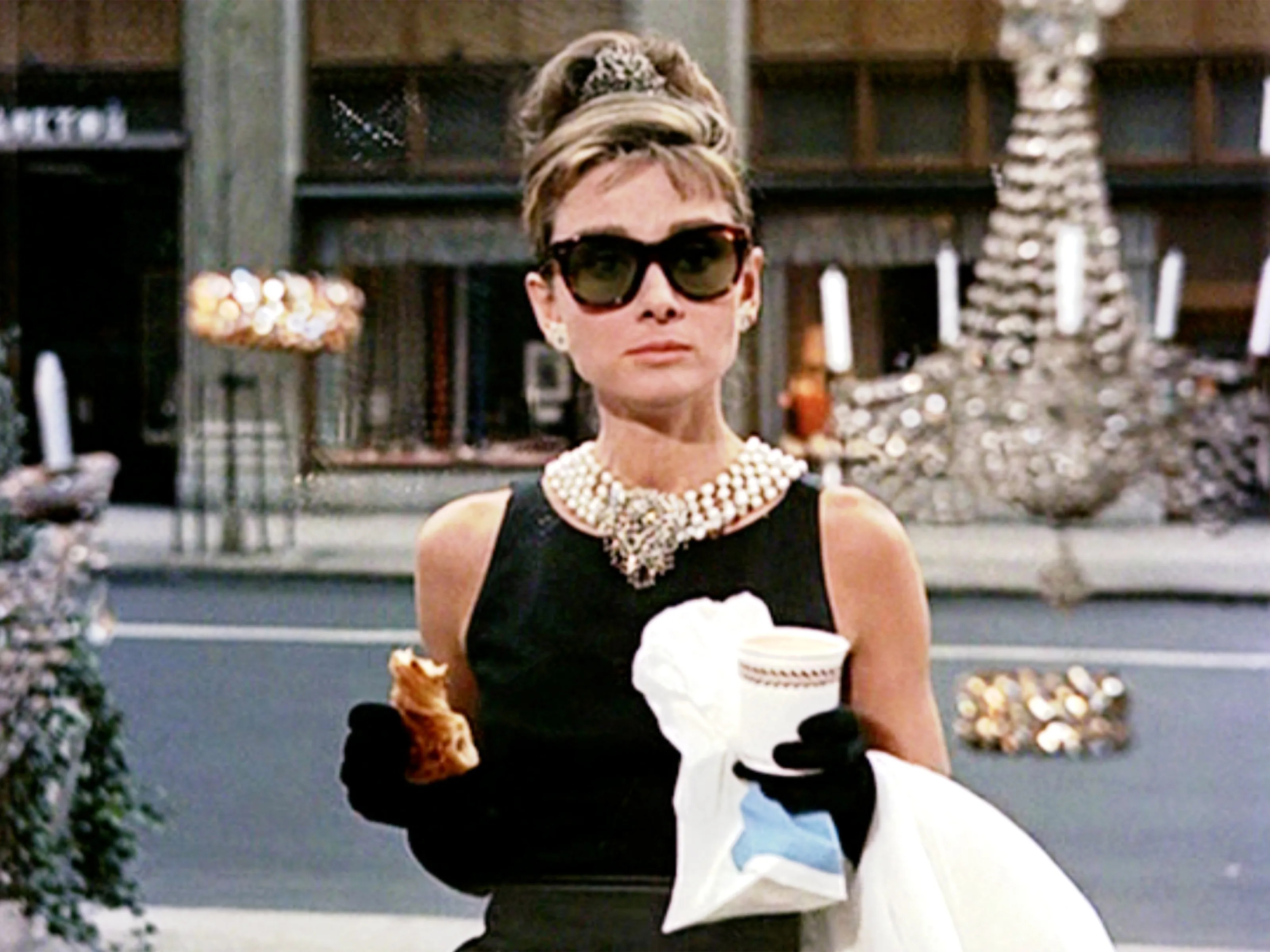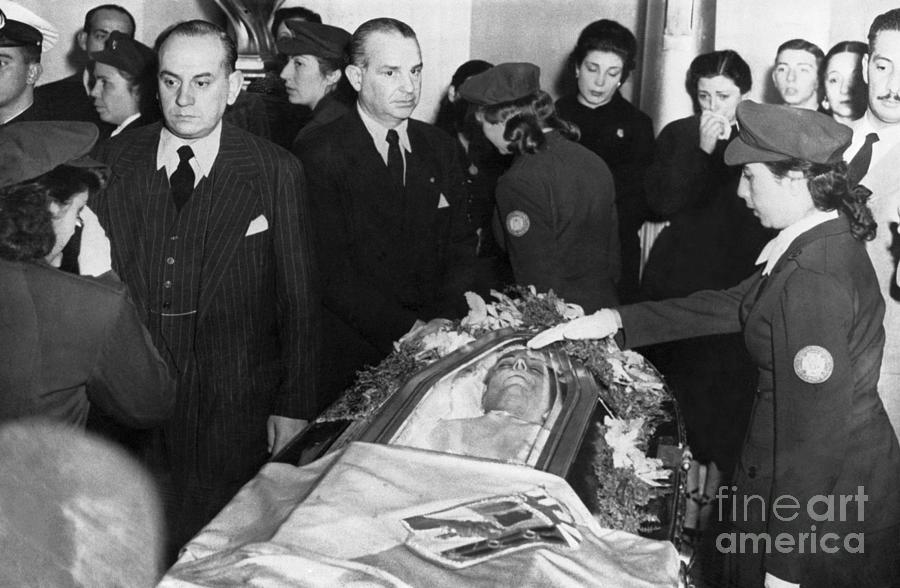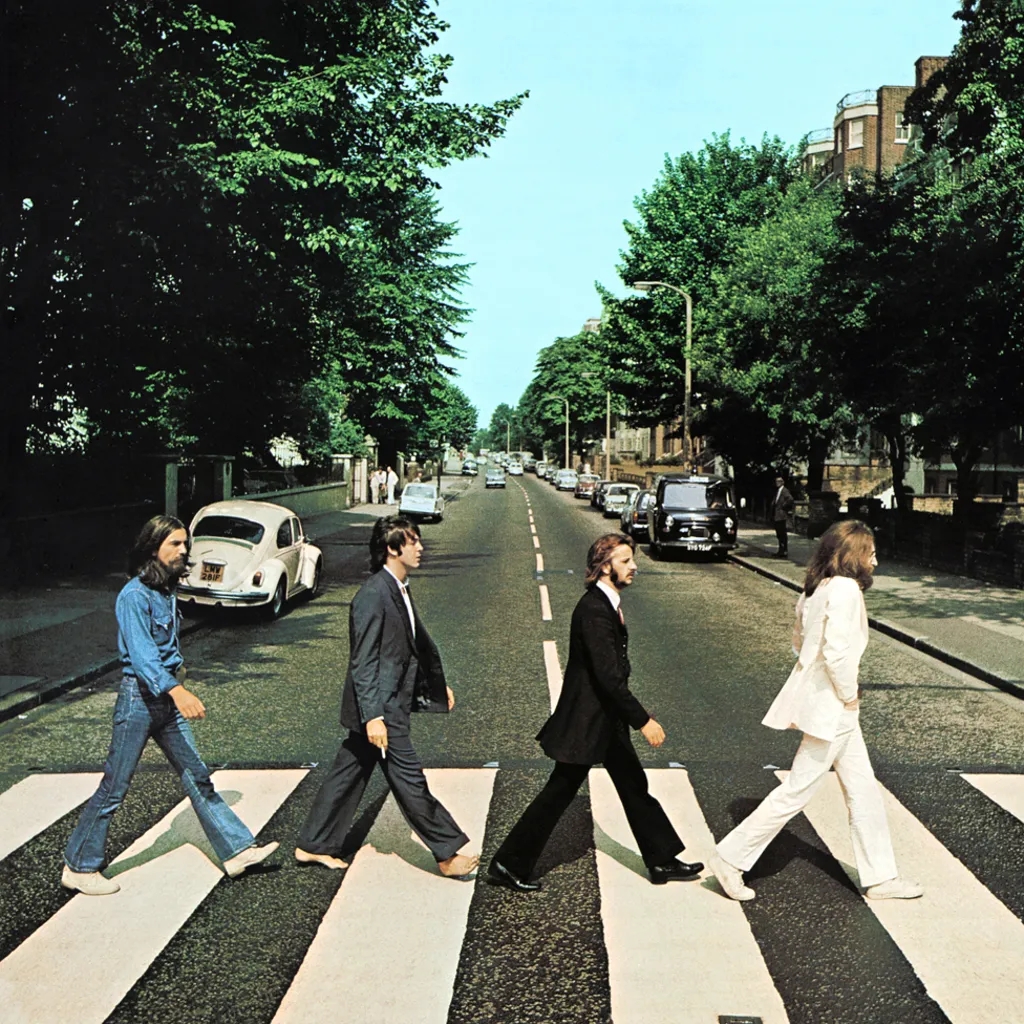
Elizabeth Taylor and Richard Burton tie the knot in Montreal on March, 1964.
Since they began their affair on the movie set of “Cleopatra” in January, 1962, Richard Burton delighted in giving bride Elizabeth Taylor extravagant jewels.

The Taylor-Burton Diamond
One of the most famous pieces Burton gave Taylor is the pear-shaped, 69.42 carat Taylor-Burton Diamond. Fifth husband Richard Burton bought the diamond from Cartier in 1969 after a Sotheby’s auction, paying over $1 million for it. Burton agreed to allow the jeweler to display the jewel for a limited period in New York and Chicago, beginning on November 1. Crowds of more than 6,000 a day circled the store’s Fifth Avenue shop in New York to “gawk at a diamond as big as the Ritz.”
Meanwhile, Taylor had Cartier remount the stone as a pendant suspended from a V-shaped necklace of graduated pear-shaped diamonds, mounted in platinum. Elizabeth admitted that even for her the Cartier Diamond – now called the Taylor-Burton Diamond – was too big to wear as a ring.

The Taylor-Burton Diamond hangs from a diamond necklace created by Cartier.
Elizabeth is no stranger to heavy rings. She wears the Krupp Diamond on her left hand almost every day and has worn it in most if not all of her films and TV appearances since she bought it in 1968 for $305,000. The stone weighs 33.19 carats.

The Krupp Diamond, Liz Taylor’s everyday ring
Elizabeth chose to debut the Taylor-Burton Diamond at Princess Grace of Monaco’s fortieth birthday bash at L’Hermitage in Monte Carlo. Princess Grace, formerly known as film star Grace Kelly (1929-1982), who would officially turn 40 on November 12, 1969, wanted to share this special occasion with sixty of her closest friends. Many of them were celebrities she knew from her film days like Rock Hudson, the Taylor-Burtons, and David and Hjordis Niven.

Film star Grace Kelly marries Prince Rainier III of Monaco in Monte Carlo, April 1956 and becomes Her Serene Highness The Princess of Monaco.
Princess Grace’s invitations were designed like horoscopes and the party was to have a Scorpio theme – as that was Grace’s astrological sign. Grace was a lifelong believer in astrology, and often called a Hollywood astrologer for a personal daily horoscope. (1)

Princess Grace of Monaco (center) is flanked by her 2 sisters on the day of her fortieth birthday party. Monte Carlo, Monaco. November 15, 1969.
Meanwhile, Elizabeth Taylor (b. 1932) planned her big entrance to Princess Grace’s party. Aside from choosing her wardrobe and hairstyle, she and Richard decided that the Taylor-Burton Diamond required more then ordinary security:
First, the diamond was flown from New York to Nice in the company of two security guards, who delivered it to Elizabeth Taylor and her husband aboard their yacht, the Kalizma. The Burtons were then escorted to the party with their security guards, who were armed with machine guns as added protection.” (2)

Richard Burton and Elizabeth Taylor arrive at Princess Grace’s 40th birthday party, Monaco, November, 1969. Notice that Liz Taylor wears a robe in keeping with the party’s Scorpio theme, the Princess’s astrological sign. On her left hand she wears the Krupp Diamond. The necklace pendant is the Taylor-Burton Diamond. November, 1969 (“Bling-Bling, Bang-Bang: Elizabeth Taylor Attends Princess Grace’s Scorpio Ball,” Lisa’s History Room)

Princess Grace of Monaco with Richard Burton at her 40th birthday party, Monaco, November 1969

Princess Grace of Monaco, 1969
Although it was Grace’s birthday, Elizabeth Taylor clearly upstaged the princess, dazzling all the guests with her new jewel and her beauty. After the ball, Grace wrote friend Judy Balaban Quine that she found it hard to take her eyes off Elizabeth, whom she considered
“unbearably beautiful.”
Turning forty, added Grace, was equally unbearable. (1)

Richard Burton escorts wife Elizabeth Taylor to the April 1970 Academy Awards. Elizabeth wears the Taylor-Burton Diamond necklace and an Edith Head chiffon gown.
After the Taylor-Burton divorce in 1978, Elizabeth sold the diamond for $5 million, pledging to use part of the profit to build a hospital in Botswana (which, my mother tells me, blew away).
(1) Glatt, John. The Royal House of Monaco: Dynasty of Glamour, Tragedy, and Scandal. New York: St. Martin’s Press, 1997.
(2) Taylor, Elizabeth. Elizabeth Taylor: My Love Affair with Jewelry. New York: Simon & Schuster, 2002.
Read Full Post »




